
The Office of National Statistics (ONS) reported a recovery in UK exports in February 2022 from December 2021, but this was short-lived, according to the latest Exporter Monitor by Coriolis Technologies and the Institute of Export & International Trade (IOE&IT).
The data suggest that the number of exporters in the UK fell in April 2022 by 3.1%. The number of employees working for exporting firms also declined, by nearly 6%, while exporter revenues dropped by nearly 4% compared to March 2022. A total of 61,915 businesses exported in April 2022, with some 13,302,762 employees and £4,857,689,565 in turnover.
Difficult months to come
The outlook for the coming months looks difficult for UK exporters, especially given the current geopolitical situation. Our projections suggest that there could be a mild uptick during May, but the June and July forecasts show that exporter counts will flat-line at best. At worst, any May growth will be short-lived.
SMEs impacted
During April, the numbers of small businesses exporting dropped the most steeply – by some 4.31% - while the drop in larger exporters was much smaller at 1.3%. However, in terms of revenues and employees, it is the larger businesses that are showing the greatest decline. These firms have seen a drop of over 4% in revenues and over 6% in employment compared to a year earlier.
This is particularly concerning because many smaller businesses rely on the supply chain effects of larger businesses, and if these are falling back, it presents a real challenge to UK-originating export supply chains in the future.
Coriolis Technologies chief executive, Dr Rebecca Harding said:
“As expected, the uptick in February exports was short-lived, replicating the seasonal recovery we expect to see after January lows. However, the extra impact of sanctions following the Russia-Ukraine crisis has further driven down exporter counts, revenues, and employment in April 2022.
"The concern here is also the negative impact on large firms in terms of revenue and employment which subsequently creates a risk to supply chains and SMEs in particular in the coming months.”
Institute of Export & International Trade director general, Marco Forgione said:
“The message is simple, don’t take UK exporters for granted. They rely on their international networks for their trade – and those networks are under severe strain.
"While the supply chain crisis continues, the Russian invasion of Ukraine adds uncertainty to an already complex trading picture. Relationships are fragile and UK exporters need help, support and guidance to get them through these difficult times.
"We reiterate our commitment to supporting businesses of all sizes through these turbulent times. Education is an essential tool to ensure UK exporters have the expertise to trade effectively, sustainability and competitively.”
The findings in detail
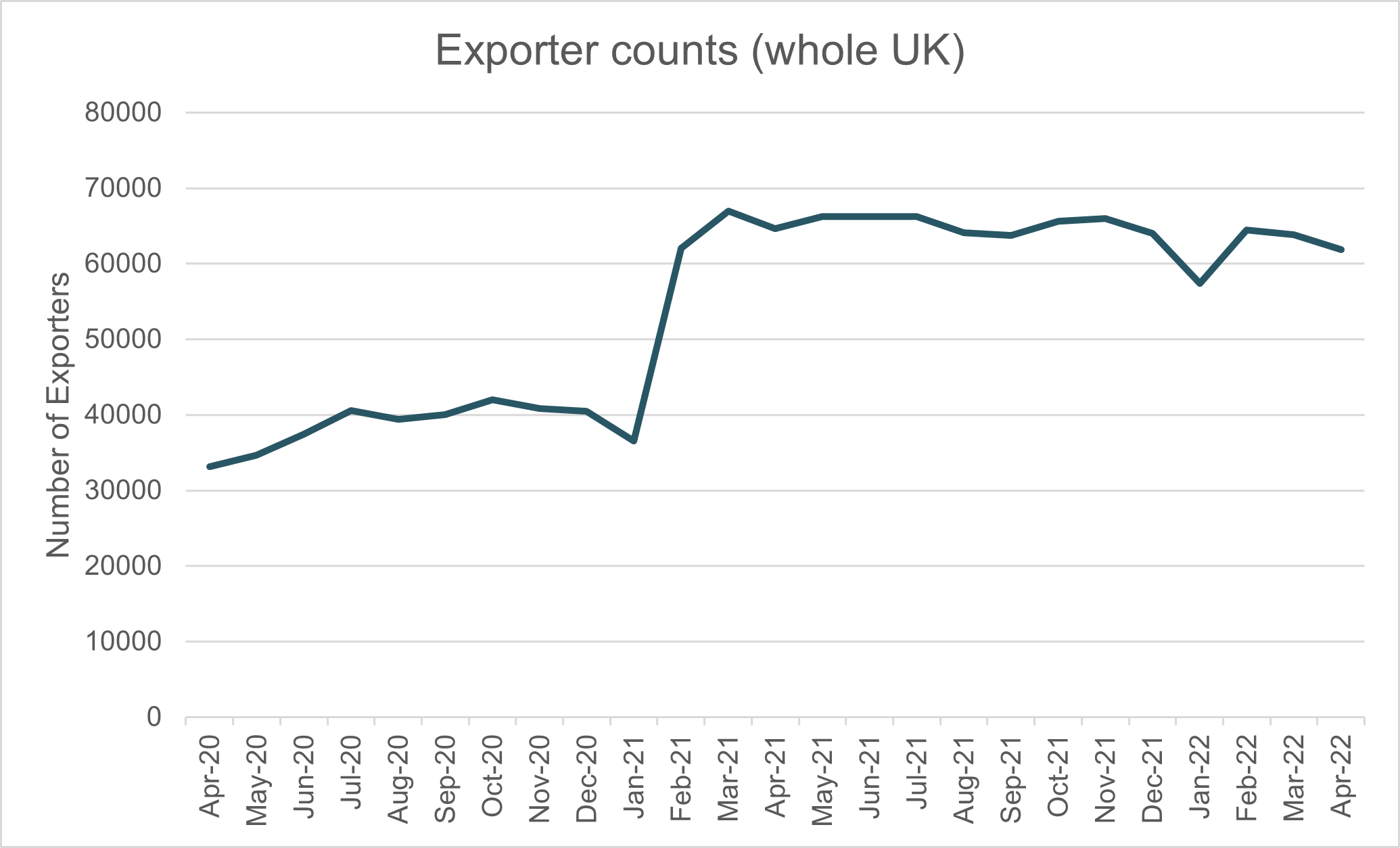
Figure 1: Counts of Exporters over time, April 2020- April 2022
NOTE: The data for England, Scotland, Wales and Northern Ireland are given in the Appendix
Exporter counts across the UK dropped by 3.06% since last month with all nations seeing a drop: -4.47 in Northern Ireland, -3.58 in Scotland, -3.07 in England, and Wales faring the best with a drop of only -0.19. Overall, this is a decline of 1,957 exporters: 1,821 fewer exporters in England, 108 fewer in Scotland, 26 fewer in Northern Ireland, and 2 fewer in Wales.
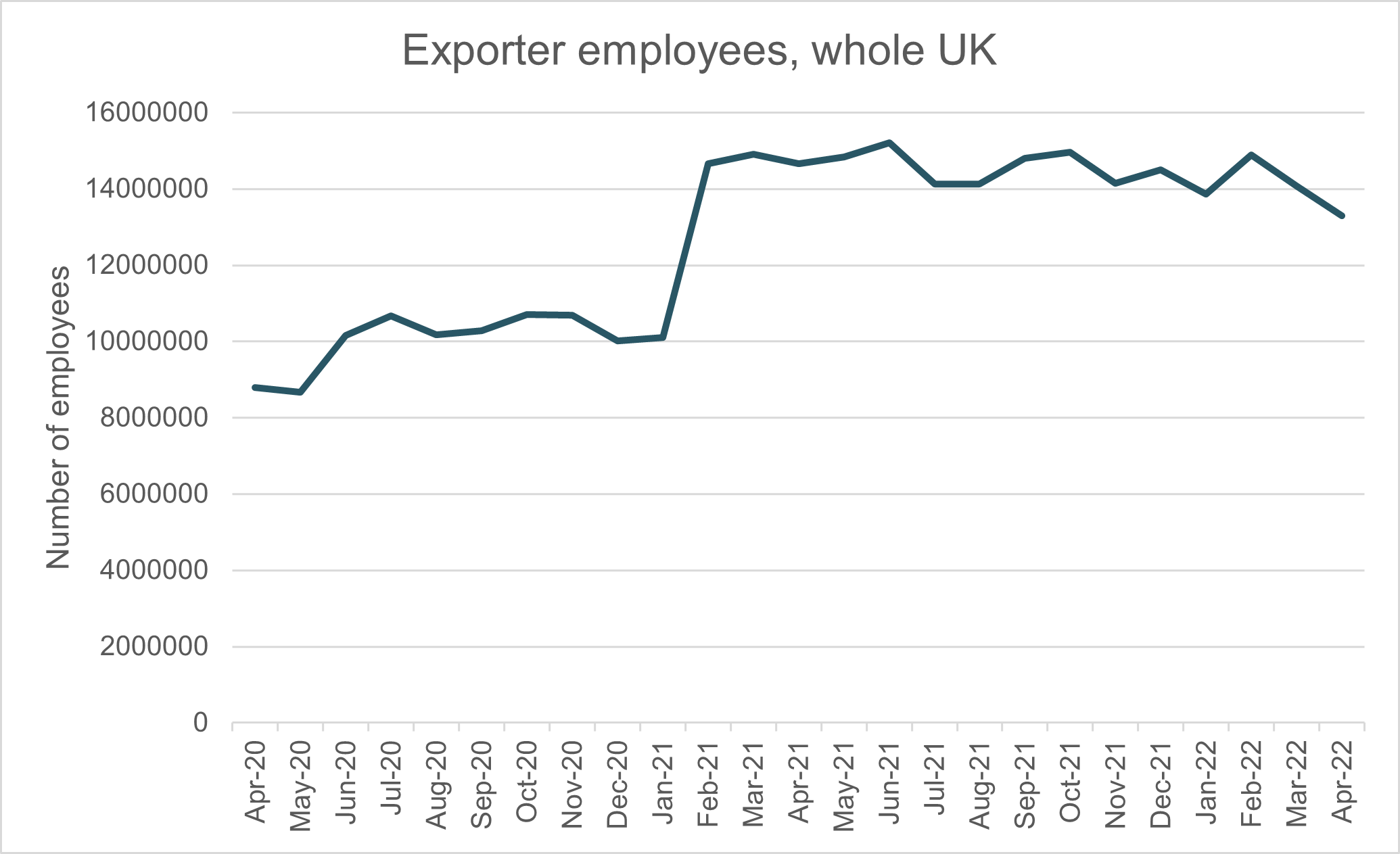
Figure 2: Exporter employment over time, April 2020- April 202
NOTE: The data for England, Scotland, Wales and Northern Ireland are given in the Appendix
Overall, there has been a 5.52% decline in exporter employment across the UK. Scotland faced the biggest decline with a 6.22% drop, followed by England at 5.55%, Northern Ireland at 3.72%, and Wales again seeing the smallest decline with a 1.7% drop. This means that there are 777,246 fewer employees across the UK, constituted by 724,008 fewer in England, 44,165 fewer in Scotland, 5,867 fewer in Northern Ireland, and 3,200 fewer in Wales.
It should be noted that the employment figures correlate to the number of exporting companies. This means that employment increases when new companies start exporting, and employment decreases when companies stop exporting.
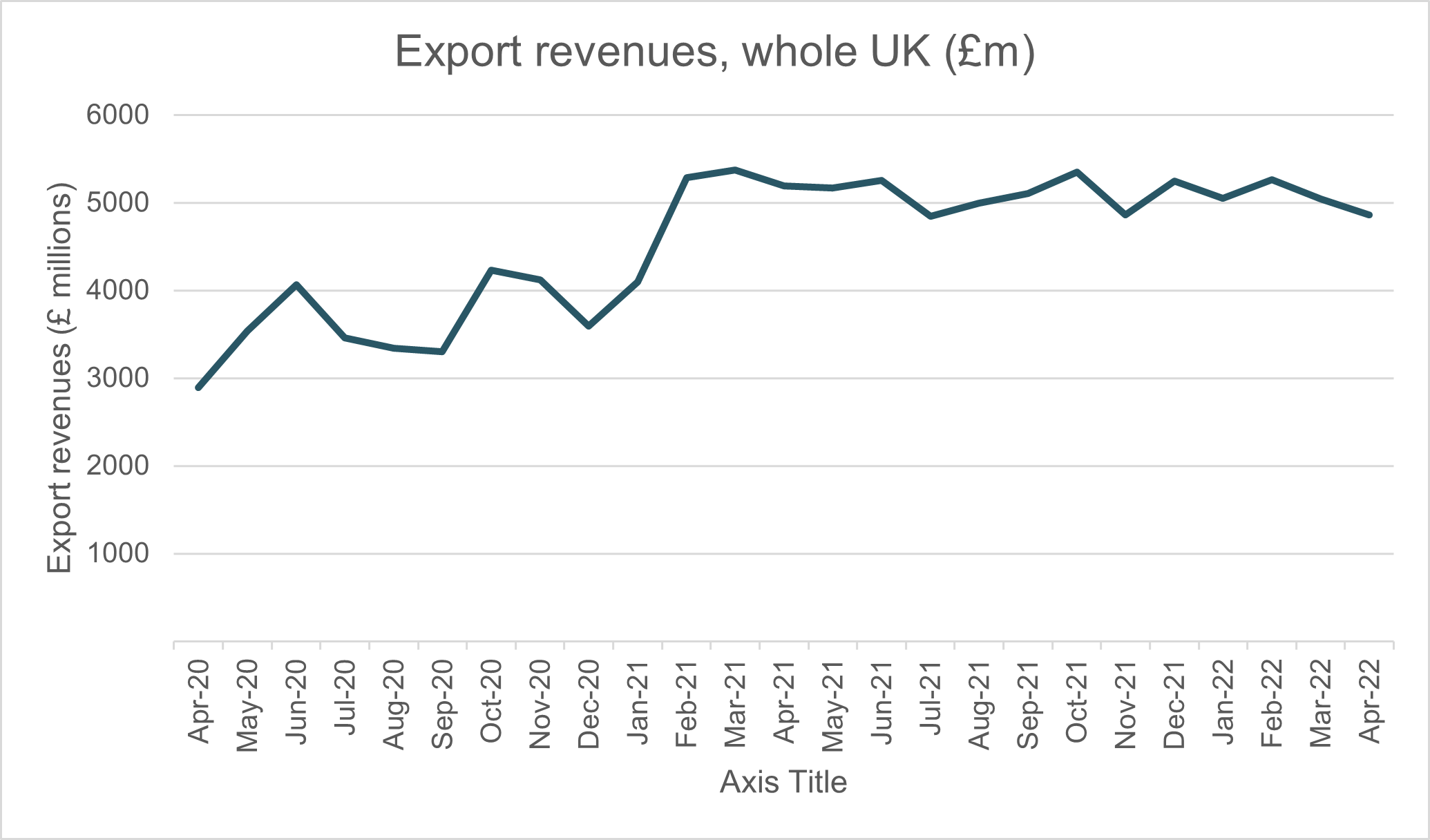
Figure 3: Exporter revenues over time , April 2020- April 2022
NOTE: The data for England, Scotland, Wales and Northern Ireland are given in the Appendix
Total UK exporter revenues have declined by 3.67% since last month, constituted by a 7.61% drop in Wales, 3.73% drop in England, 2.47% drop in Scotland, and a 1.72% drop in Northern Ireland.
Overall, this is £172.26m behind last month. Since April 2021, there has been a decline in revenue of 6.5% across the UK, a total of £337.98m. Compared to April last year, there has been a £30.65m decline for England, £4.95m fall for Scotland, £5.8m drop for Northern Ireland, and a £2.74m decline for Wales.
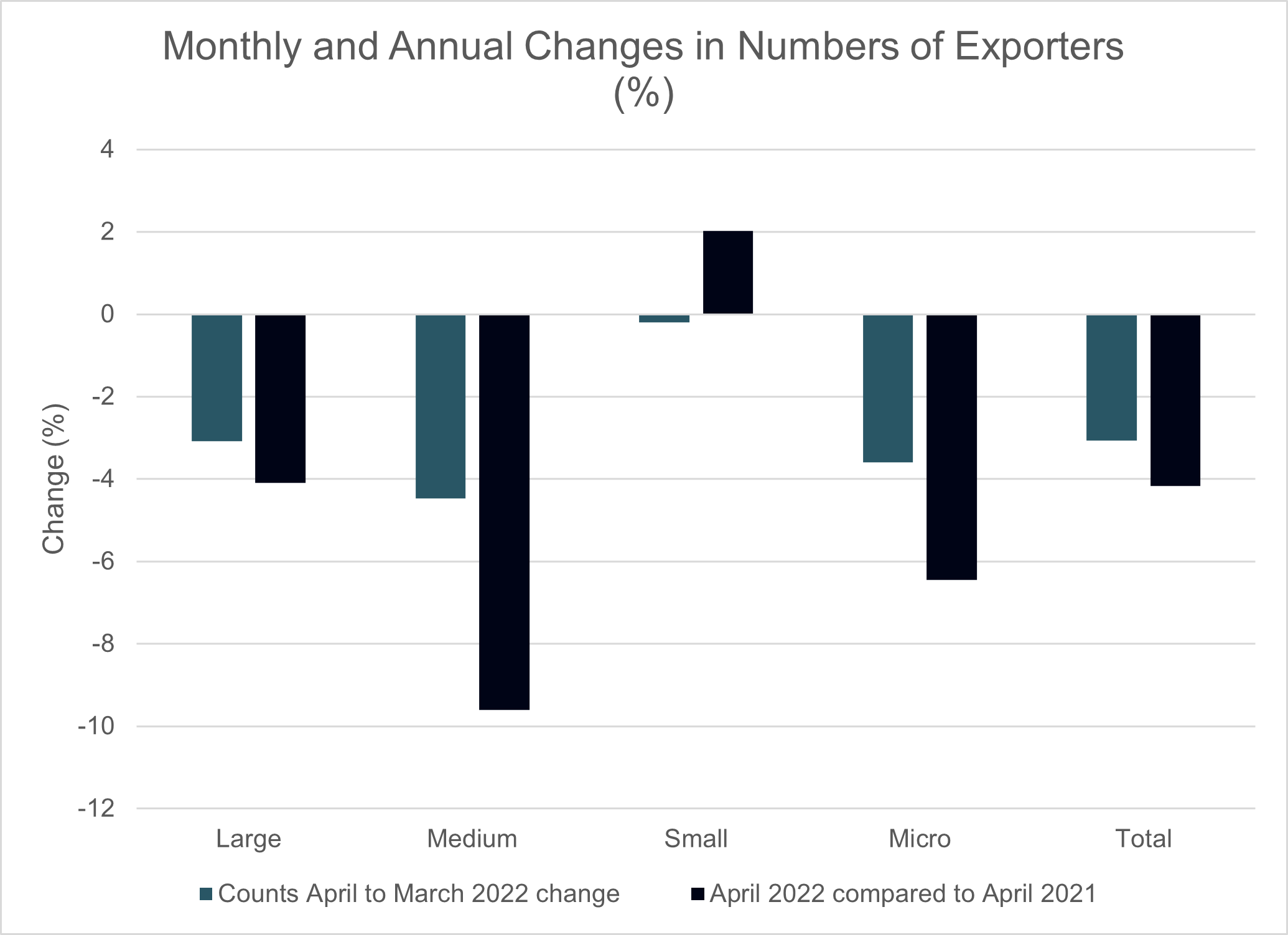
Figure 4: 12 month moving average change in exporter numbers (%)
Since March 2022, the overall numbers of large, medium, small and micro exporters has declined by 3.07%, 4.48%, 0.20% and 3.59% respectively. That equates to an overall decline in the numbers of companies exporting of 3.06%.
When April 2022 is judged against April 2021, large, medium and micro exporting companies have declined by 4.09%, 9.61% and 6.44%, while small exporters have increase in number by 2.02%. This is an overall decline year on year of 4.17%.
It’s clear that medium sized exporters have shown the largest percentage drop, while small exporting companies have grown by the largest percentage.
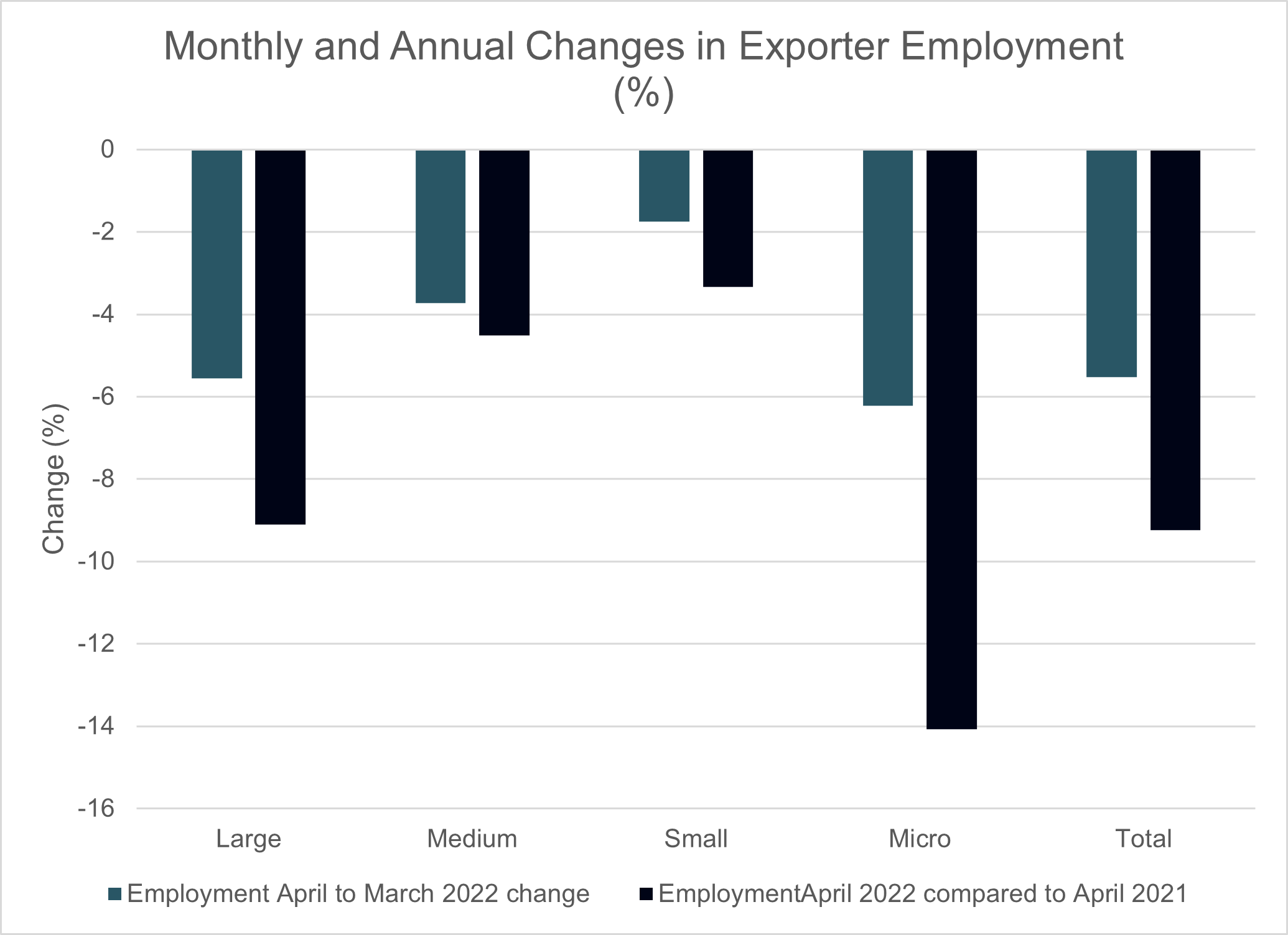
Figure 5: 12 month moving average change in exporter employment
Since March 2022, employment from exporters of all sizes has declined, with large companies at -5.56%, medium companies at -3.73%, small companies at -1.76% and micro companies at -6.22%. This is an overall decline of 5.52%.
April 2022 compared to April 2021 shows a similarly negative story: large companies declined by 9.10%, medium companies by 4.51%, small companies by 3.34% and micro companies by 14.07%. This is an overall drop of 9.24%.
While no size category has shown grown against either measurement, small companies have shown the smallest decline, and micro companies have shown the largest percentage decline.
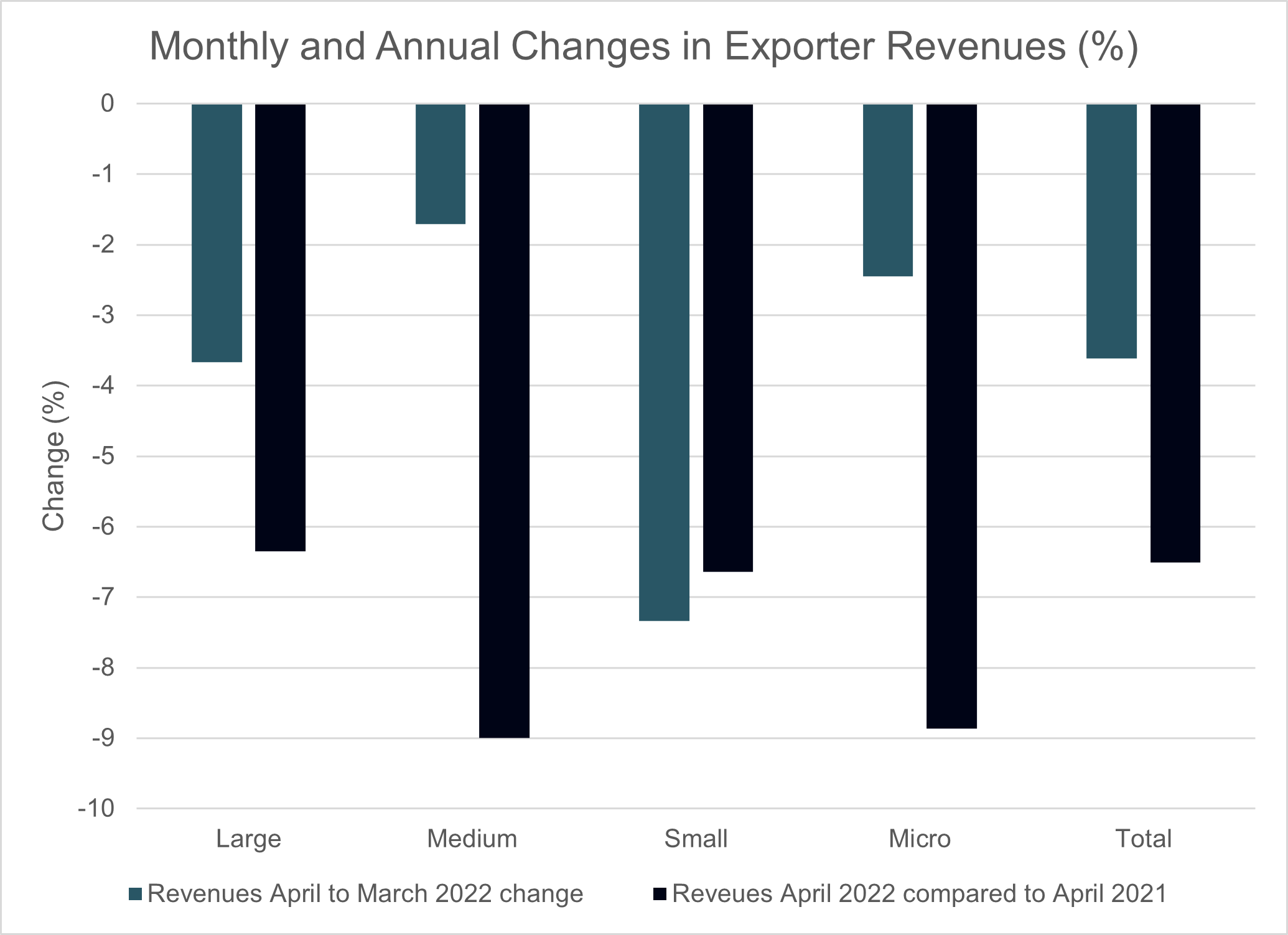
Figure 6: 12 month moving average change in exporter revenues
From last month's baseline, large, medium, small and micro revenues have all diminished, at -3.67%, -1.71%, -7.34% and -2.45% respectively. This is an overall drop in revenues of 3.62% since March 2022.
April 2022 revenues against April 2021 revenues have also all declined, yet more markedly - at -6.34% for large, -8.99% for medium, -6.64% for small and -8.87% for micro companies. That equates to an aggregate drop in revenues of 6.51%.
Against these measurements, medium and micro companies have shown the largest percentage declines year on year, yet both have shown the smallest drop since last month.
There are downside risks to the forecast that come from the uncertain geopolitical environment at present. Our projections suggest a mild uptick during May, this is within a margin of error and our June and July forecasts at best suggest that the growth in exporter counts will flat-line and at worst that any growth is short-lived.
About Coriolis Technologies
Founded in 2017, Coriolis Technologies is the leading source of trade, corporate, geopolitical risk and trade-related economic data globally for the trade finance sector. Coriolis Technologies provides clear intelligence and insight into trade flows, supply chains and disruptions for trade and trade finance.
About The Institute of Export & International Trade
The Institute was established over 85 years ago to support UK businesses in growing their international markets and trade. The Institute is the leading association of exporters and importers providing education and training to professionalise the UK’s international traders.
You can view the full release, including the methodology and press contacts, here.



